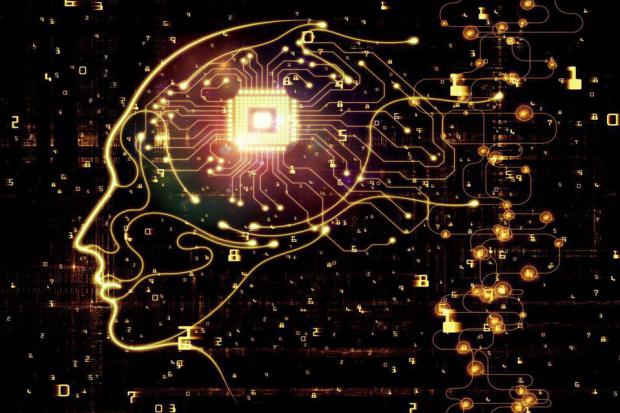
Breaking News
 Windows 10 is DEAD in 2025? -- Here's How I Run It SAFELY Forever (No Updates)
Windows 10 is DEAD in 2025? -- Here's How I Run It SAFELY Forever (No Updates)
 GENIUS ACT TRIGGERED: The Biggest BANK RUN in History is COMING – Prepare NOW
GENIUS ACT TRIGGERED: The Biggest BANK RUN in History is COMING – Prepare NOW
 European Billionaires Funneled $2 Billion into NGO Network to Fund Anti-Trump Protest Machine
European Billionaires Funneled $2 Billion into NGO Network to Fund Anti-Trump Protest Machine
 Japan Confirms Over 600,000 Citizens Killed by COVID mRNA 'Vaccines'
Japan Confirms Over 600,000 Citizens Killed by COVID mRNA 'Vaccines'
Top Tech News
 HUGE 32kWh LiFePO4 DIY Battery w/ 628Ah Cells! 90 Minute Build
HUGE 32kWh LiFePO4 DIY Battery w/ 628Ah Cells! 90 Minute Build
 What Has Bitcoin Become 17 Years After Satoshi Nakamoto Published The Whitepaper?
What Has Bitcoin Become 17 Years After Satoshi Nakamoto Published The Whitepaper?
 Japan just injected artificial blood into a human. No blood type needed. No refrigeration.
Japan just injected artificial blood into a human. No blood type needed. No refrigeration.
 The 6 Best LLM Tools To Run Models Locally
The 6 Best LLM Tools To Run Models Locally
 Testing My First Sodium-Ion Solar Battery
Testing My First Sodium-Ion Solar Battery
 A man once paralyzed from the waist down now stands on his own, not with machines or wires,...
A man once paralyzed from the waist down now stands on his own, not with machines or wires,...
 Review: Thumb-sized thermal camera turns your phone into a smart tool
Review: Thumb-sized thermal camera turns your phone into a smart tool
 Army To Bring Nuclear Microreactors To Its Bases By 2028
Army To Bring Nuclear Microreactors To Its Bases By 2028
 Nissan Says It's On Track For Solid-State Batteries That Double EV Range By 2028
Nissan Says It's On Track For Solid-State Batteries That Double EV Range By 2028
Computer Scientists Create Blueprint For Machine Consciousness

They've authored dozens of papers and taught for decades at prestigious Carnegie Mellon University. And, just recently, they published new research that could serve as a blueprint for developing and demonstrating machine consciousness.
That paper, titled "A Theoretical Computer Science Perspective on Consciousness," may only a be a pre-print paper, but even if it crashes and burns at peer-review (it almost surely won't) it'll still hold an incredible distinction in the world of theoretical computer science.
The Blum's are joined by a third collaborator, one Avrim Blum, their son. Per the Blum's paper:
All three Blums received their PhDs at MIT and spent a cumulative 65 wonderful years on the faculty of the Computer Science Department at CMU. Currently the elder two are emeriti and the younger is Chief Academic Officer at TTI Chicago, a PhD-granting computer science research institute focusing on areas of machine learning, algorithms, AI (robotics, natural language, speech, and vision), data science and computational biology, and located on the University of Chicago campus.
This is their first joint paper.
Hats off to the Blums, there can't be too many theoretical computer science families at the cutting-edge of machine consciousness research. I'm curious what the family pet is like.
Let's move on to the paper shall we? It's a fascinating and well-explained bit of hardcore research that very well could change some perspectives on machine consciousness.

 Carbon based computers that run on iron
Carbon based computers that run on iron

